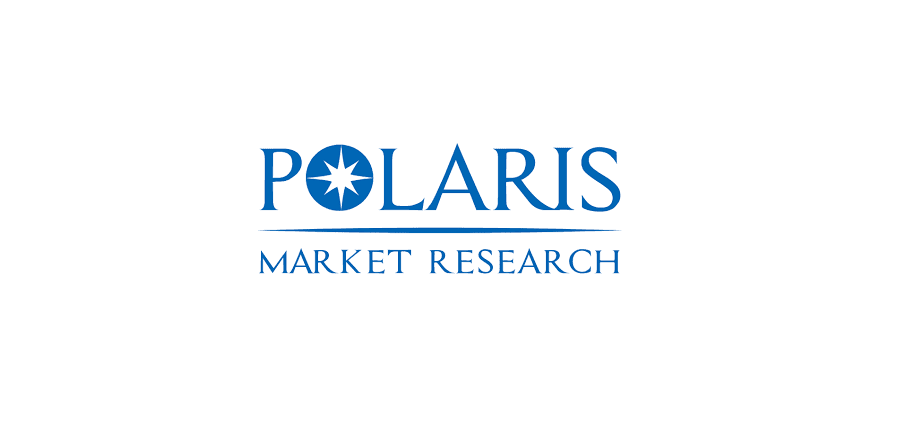Surgical Drains as a Key Component of Enhanced Recovery Pathways (ERP)
Enhanced recovery pathways focus on faster mobilization, reduced pain, and efficient discharge after surgery. Modern drainage systems support these goals, strengthening their demand in the overall surgical drains market.
ERP strategies emphasize minimizing discomfort, encouraging early movement, and lowering infection rates. Since drains help control fluid buildup, surgeons can avoid complications that slow recovery. The ability to precisely time drain removal helps clinicians improve healing consistency.
Drains that offer secure closure, lightweight tubing, and minimal irritation allow patients to move without fear of dislodgement. Early mobilization reduces clot risk, supports bowel function, and encourages quicker discharge.
Clear fluid monitoring empowers clinicians to make informed decisions. When the volume reduces consistently, drains can be removed confidently. This reduces unnecessary inpatient days, which benefits hospitals and patients.
Enhanced recovery protocols also promote patient education. Patients are informed about how drains work, how to position their bodies safely, and what to watch for. This education reduces anxiety and builds trust in the recovery process.
FAQ
Q: How do drains support enhanced recovery?
They reduce complications, support mobility, and enable earlier safe discharge.
Q: Why is patient education important?
It creates confidence and helps patients manage their recovery responsibly



